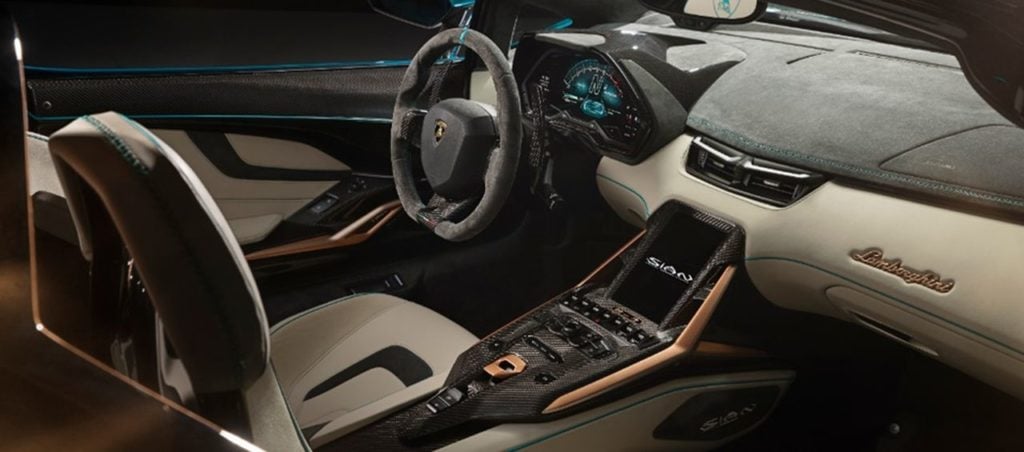
Charles R. Goulding & Ryan Donley examine reasons why high-end automakers might be falling behind.
Ferrari, Maserati, Lamborghini, Porsche, Mercedes, BMW − these are the brands synonymous with the luxury car market. Cutting-edge technology, superior performance, and detailed production methods have always put these luxury cars way ahead of the general consumers’ vehicle market. However, lately, a shift to electric vehicle (EV) technology and advanced sub-systems has left luxury cars lagging behind. While BMW, Porsche and Mercedes have made significant strides in EV technology, advanced sub-systems and 3D printing, the upper echelon of luxury cars such as Ferrari, Maserati, and Lamborghini have not leveraged the technology in the current market and are not expected to be available until 2025 and beyond.
Motor Valley/Emilia-Romagna

This comes as a surprise especially since one of the world’s top automotive research and development institutions is located in Emilia-Romagna, also known as Motor Valley, where the bulk of the luxury car manufacturers call home.
The Motorvehicle University of Emilia-Romagna (MUNER) is set up to develop the world’s next automobile engineers for Ferrari, Maserati, Lamborghini, Ducati, and more. The university acts as an incubator to pool together the top talents who will design and develop the next waves of luxury cars. It has had great success transmitting master’s degree students to advanced branches of car manufacturers where they have made significant advancements in smart manufacturing including 3D printing.
Although EV technology may have fallen behind for the luxury car market, waves of new automobile engineering talent are available in the heart of Motor Valley where Enzo Ferrari was raised and are continuing to push the envelope in automotive engineering.
Germany
In Germany, we see Volkswagen (Porsche), BMW, Daimler AG, etc. spending aggressively on new EV technologies in addition to their smart manufacturing practices. Germany has incubators of its own located in Stuttgart and Autostadt. Daimler, Porsche and Volkswagen have shaped these areas of Germany and have invested heavily in developing talent in the regions to become the future of their automobile engineering empires.
The incubation of automotive engineers has been such a success in Germany that several companies have been able to consolidate trades and open spin-off universities dedicated to particular trades. BMW opened its own Additive Manufacturing Campus that brings together all-new 3D printing technology under one roof. Volkswagen expanded upon an engineering campus to enhance its focus particularly on EV testing and analysis for all entities that support Volkswagen Group.
Companies within the automobile industry that utilize 3D printing for design and development purposes may be eligible for Research and Development Tax (R&D) Credits.
The Research and Development Tax Credit
The now permanent Research and Development Tax Credit is available for companies and startups developing new or improved products, processes and/or software.
3D printing can help boost a company’s R&D Tax Credits. Wages for technical employees creating, testing and revising 3D printed prototypes can be included as a percentage of eligible time spent for the R&D Tax Credit. Similarly, when used as a method of improving a process, time spent integrating 3D printing hardware and software counts as an eligible activity. Lastly, when used for modeling and preproduction, the costs of filaments consumed during the development process may also be recovered.
Whether it is used for creating and testing prototypes or for final production, 3D printing is a great indicator that R&D Credit eligible activities are taking place. Companies implementing this technology at any point should consider taking advantage of R&D Tax Credits.
Conclusion
The automobile industry is quickly advancing and adapting to new technologies. This is largely in part due to new crops of designers and engineers being homegrown and developing new technologies for the industry, especially in the luxury car segment.

